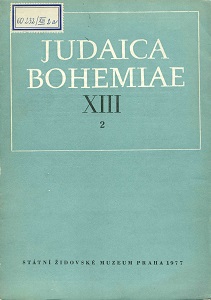
We kindly inform you that, as long as the subject affiliation of our 300.000+ articles is in progress, you might get unsufficient or no results on your third level or second level search. In this case, please broaden your search criteria.

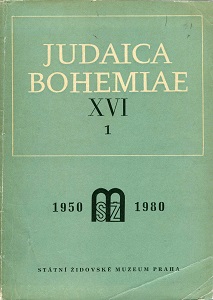
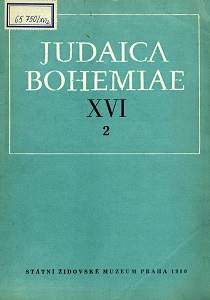
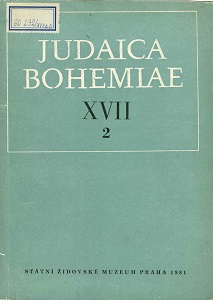
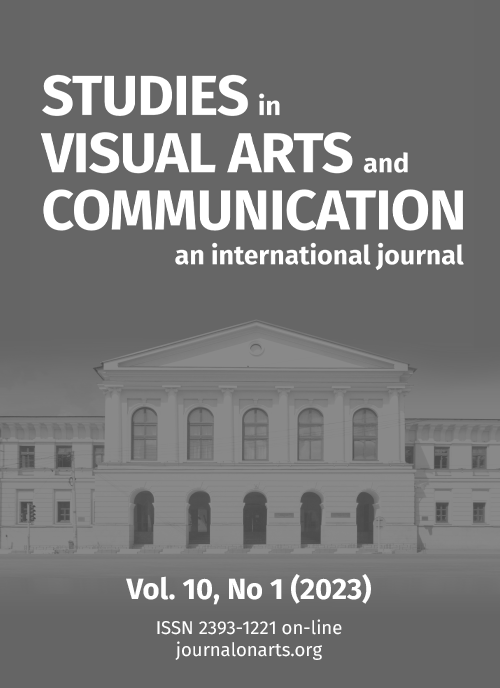
Photography is a peculiar and powerful medium, based on an inherent rhetoric of the image capable of influencing the viewers. This article conceptualizes and problematizes such power of the image, addressing to a critical and reflexive perspective on the visual rhetoric language of photography. Following a theoretical and conceptual approach in the framework of a philosophy of photography, the purpose of this article is a) to argue the relevance and the practical and social effects of visual rhetoric and its relation to press photographs, i.e. understand visual rhetoric applied to photographic images in journalism; and b) to understand the repercussions of this approach on visual communication to the relevant and emergent perspective of a philosophy of photography, when the cultures are more and more visual in a civilization of the image, which is mixed with the social phenomenon of misinformation in a digital age.
More...
“[…]. Human existence – a vast, unlimited space of reflections on life and death, in the fields of philosophy, morals, history, culture… Grzegorz Jarmocewicz, reaching into all these areas and categories, gives us his own interpretations to launch in us layers of associations and references to our own experiences. […]”. Critic, art historian Marek Grygiel. “[…]. Jarmocewicz’s work presents a variety in the form of a search. It contains a modernist tradition, as well as an oppositional, postmodernist tradition. From the psychological side, through a specific form, it is contained between heaven and hell. […]”. Critic, art historian Dr. Krzysztof Jurecki. “ […]. (His photographs are) economic reflections of the diversity of cultural codes, which are the artist’s modest contribution to certain areas of reflection, at the same time defining them and remaining outside the framework of the term […]”. Prof. Jerzy Olek. “ […]. He fits in with his attitude and creative search in the area of photographers of philosophers who, with the help of their pictures-photographs, reflect on life, death, time, history, culture. […]”. Prof. Marek Szyryk.
More...
In his work, the author primarily focuses on the urban landscape and its impacts on human life. His entire documentary work is linked by a unified authorial idea. In the “Jungle City” cycle, he works with the visual counterpart of the current form of the Bratislava metropolis, full of transportation routes, dense modern development, and concrete surfaces. The means to create unexpected views of the city for him are carefully selected locations on the urban peripheries surrounded by dense vegetation – trees and wild grasses. He thus achieves a completely new view of Bratislava, in which it returns to the wilderness. The project “Quiet Sunday Afternoons in the Town by the Refinery” is the author’s reflection on the impacts of industry in the rural surroundings. The focal point is the technical structure of an oil factory, which covers a significant part of an otherwise tranquil landscape of a small Austrian town. However, through austere visual expression, Korček delivers an urgent message about the adverse impact of the factory on the ecosystem. As part of the series “Here Is Our Paradise”, which unifies the theme of lawns and trees, Korček addresses the disruption of the stereotype of urban housing estates through the small self-help interventions of their residents. While walking with a camera, he supplements these plants with various found mixtures of folk interventions placed in front of panel buildings. In the “Searching” series, he adopts the position of an observer of urban movement, consisting of figures of pedestrians in narrow rays of the low-lying sun. This time he works in the environment of New York, but unlike the previous series, he does not specify this location, only utilizing its elemental potential. Korček does not work with photographic effects; he fully utilizes the poetics of the chosen locations. He skillfully works with perspective, multiple plans, or the selection of a location. Through their specific combination, he succeeds in creating authentic images of the location, in which we still find a lot of personal fantasy.
More...
The article reviews Martina Lukić's exhibition "Kronos," which juxtaposes analog and digital photography, specifically the historical anthotype technique with AI-generated visuals. Lukić explores the relationship between subject and object, creating anthotypic portraits using AI tools like Stable Diffusion and DALL-E. The process involves generating negatives, applying natural dyes like turmeric and cherry juice to paper, and exposing them to UV light. The exhibition reflects on themes of time, power, and the ephemeral nature of images, questioning the distinction between human and AI perception of wisdom and emotion.
More...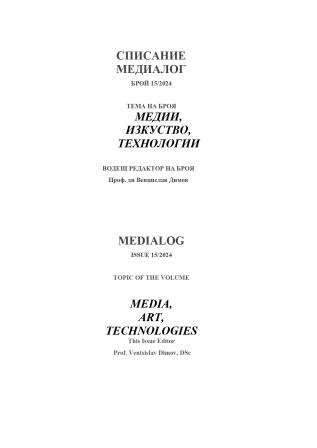
After observing the 20 photographs of the exhibition of Angel Kotzev the viewer is (I am) left with the feeling of unreality (the author presents this effect as aloofness): and no, this is not connected just with the abstract space, unusual tonality or the combination of objects. This is mainly because of the aesthetic taste – the aesthetics of ordinary objects, which are presented as a fantastic conventionality.
More...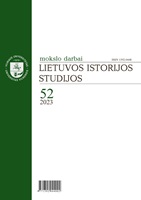
The article examines how the 1906 photo album of the Vilnius Children’s Welfare Society (1901–1940) serves as a reflection of the child-care practices employed by philanthropic organizations in early 20th-century Vilnius. This representational source reveals the society’s aspiration to engage in philanthropic activities by providing children the skills necessary for various professions and fostering their comprehensive development of the body, soul, and mind. The purposefully arranged mise-en-scènes within the photo album also depict the image of the organization that its members sought to create.
More...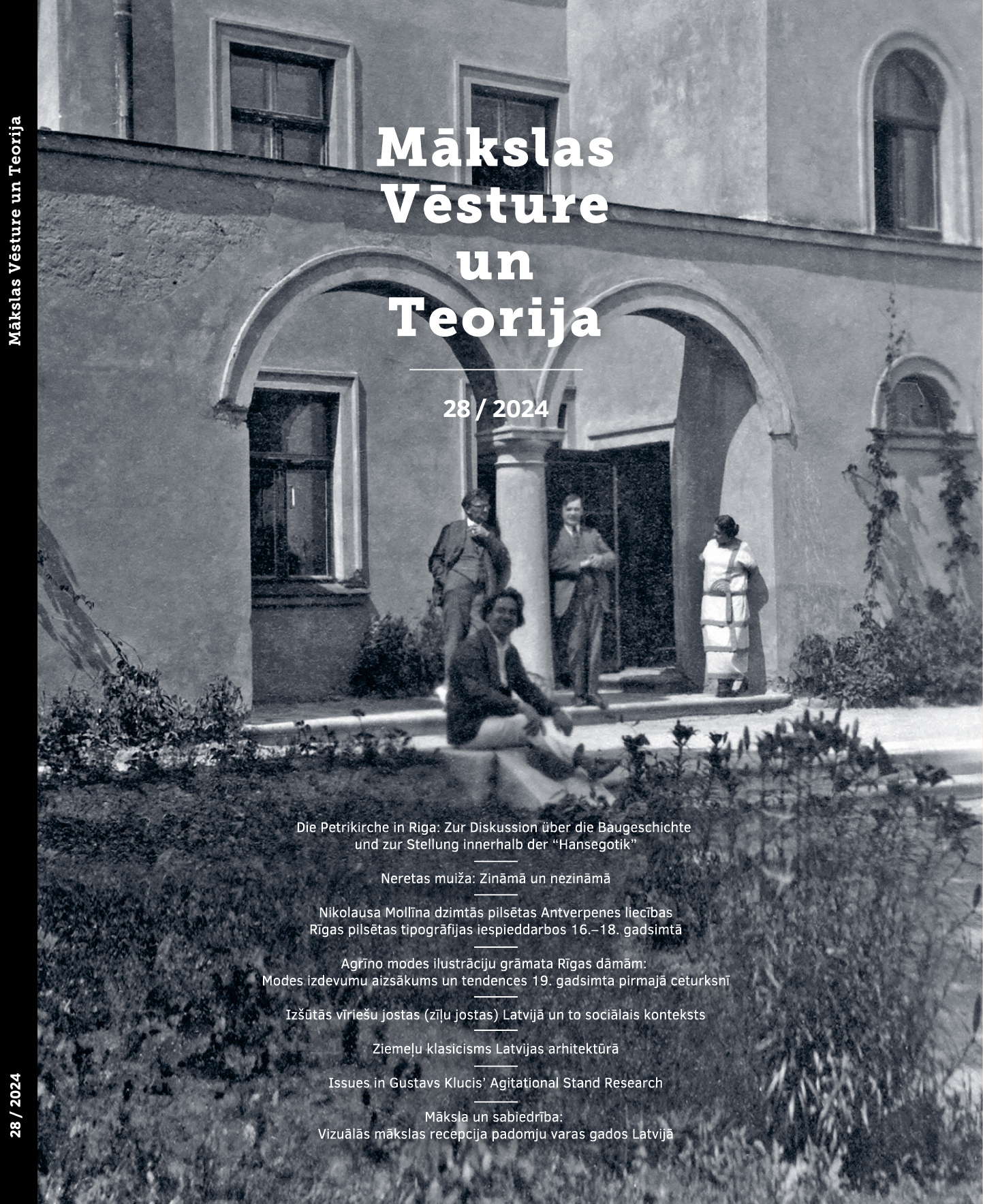
In the history of world art, the name of Gustavs Klucis (1895–1938) has so far appeared in two contexts – photomontage and agitprop art. The designs for the five-year anniversary of the October Revolution of 1922 and for the Fourth Comintern – agitation stands numbering in the dozens – have received the most attention and have been so influential that since 1967 museums worldwide have regularly reconstructed these works, rediscovering them for each generation of artists, curators and scholars. Some admire the engineering of some of the structures, others are fascinated by their visionary qualities, but some questions about their realisation remain unanswered. While researching Latvian artists' groups in inter-war Soviet Russia, the author came across information that led her to trace untested assumptions. The aim of the publication is to shed light on certain contradictions and to make clarifications, without pretending to be a comprehensive analysis of Klucis' agitational stands. The researchers have long referred to information on the realisation of Klucis’ agitational stands, created by art historian Larisa Oginskaya and later disseminated. Neither newsreels, press or photographs of the structures confirm this. Klucis, who used a camera on a daily basis and took pride in his work, did not capture and catalogue the realised construction. Similarly, information in the press casts doubt on the fact that some of the designs for the festive stands were on display at the exhibition devoted to the Fourth Congress of the Comintern in the Kremlin's George Hall. In addition to Klucis’ signed prints, several of the stand projects could actually belong to a group of Latvian artists. A statement in the newspaper “Krievijas Cīņa” of 22 October 1922 said: "For the celebration of the 5th anniversary of the October Revolution, a closed design competition was announced by the NCCP for the production of projects for the decoration of Kremlin and Soviet houses", where the second prize was awarded to a group of revolutionary Latvian artists (Kārlis Veidemanis, Kārlis Johansons and Gustavs Klucis) who "have brilliantly proved their abilities at such grandiose works, the decoration of houses, streets and squares for national festivals, which is the field of work of future artists". This is the only official information confirming the collaboration, so the author went on a research trip to the George Costakis Collection at the Museum of Modern Art in Thessaloniki, which holds the largest collection of original designs for agitational stands. In this collection, a representative group of works could be highlighted, drawn on similar blank paper, with one edge between 17.5 and 17.8 cm long and the other between 26.8 and 27 cm wide, which could have been submitted to the above-mentioned project competition. Although it has so far been attributed to Klucis, the authorship should be critically re-examined. Here we can identify projects that are directly oriented towards the structure, where we can find links with the work of Kārlis Johansons (1890–1929): the structures have no superfluous elements, are subordinate to function and blur the boundary between interior and exterior; they are based on a cross, self-tensioning, prefabricated combinations of metal and rope, as well as the combination and balancing of three equal support trees with an intersecting cross. The stands identified in the publication (both clean copies and drafts) are drawn in several stages and are heterogeneous in nature. There is a deliberate attempt to simplify the structures, for example in the design of the staircases of the orator stands. Conversely, in the stand "Screen", signed and reproduced by Klucis, the basket of the lectern has lost its connection with thoughtful use, turning into an appliquéd or suspended grid, to which a ladder leads in only one case; here the focus is on decorative multi-functionality. The catalogue of works, or "Red Album II", compiled by Klucis, contains the proportionally smallest part of the stands; they are prints reproduced in plate or letterpress, as well as one signed original drawing, which has an anonymous counterpart in the Latvian National Museum of Art. The artist's autobiography is evasive in describing the process of creating the stands where "it was necessary to change their external appearance", without naming the artist. Klucis also highlights his own contribution - "during the first and second quinquennium I took an active part in decorating the city for revolutionary celebrations" – without mentioning the regular collaboration in decorating the Kremlin and other representative places in Moscow from 1918 to 1921, which included the more ambitious innovator, as recorded in the materials of the Latvian Artists' Working Commune. In the context of the three Latvians, Klucis is the first to publicly exhibit a stand dedicated to the Five Years of the Revolution – a utopian structure with a projection screen – or a graphic work, with which he was represented at the First Russian Art Exhibition in Berlin, while Johansons had spatial constructions there. In 1922, however, the activities of Kārlis Veidemanis (1897–1938) show that he also followed new trends, while the design of the 1925 production “Proletariat and the Comintern” shows his constructive expressions in stage design. The author worked with framed works and conflicting information from collections' catalogues, and was unable to access the corresponding originals in the Tretyakov Gallery. In order to confidently clarify the conclusions, the works would need to be re-framed, re-sized and checked for technique, as the English version uses the term 'ink' rather than 'Indian ink' and, for example, the gouache mentioned in the description is often not visually visible. Similarly, a chemical examination of all the collections would allow us to confirm or deny the assumption made in the publication that the drawings by the anonymous group were a collective effort. Or was it just an ideological collaboration? Why is it that in the supposedly chronologically earliest title of Klucis' utopian building project, “Workers of the World Unite”, there are no mistakes, while in the anonymous agitational stands, also signed by Klucis, in the same title, for example, the double W is missing or has been corrected? This needs to be clarified by further research, checking not only the authorship but also the date, which has so far been uncritically assumed to be 1922 and repeated.
More...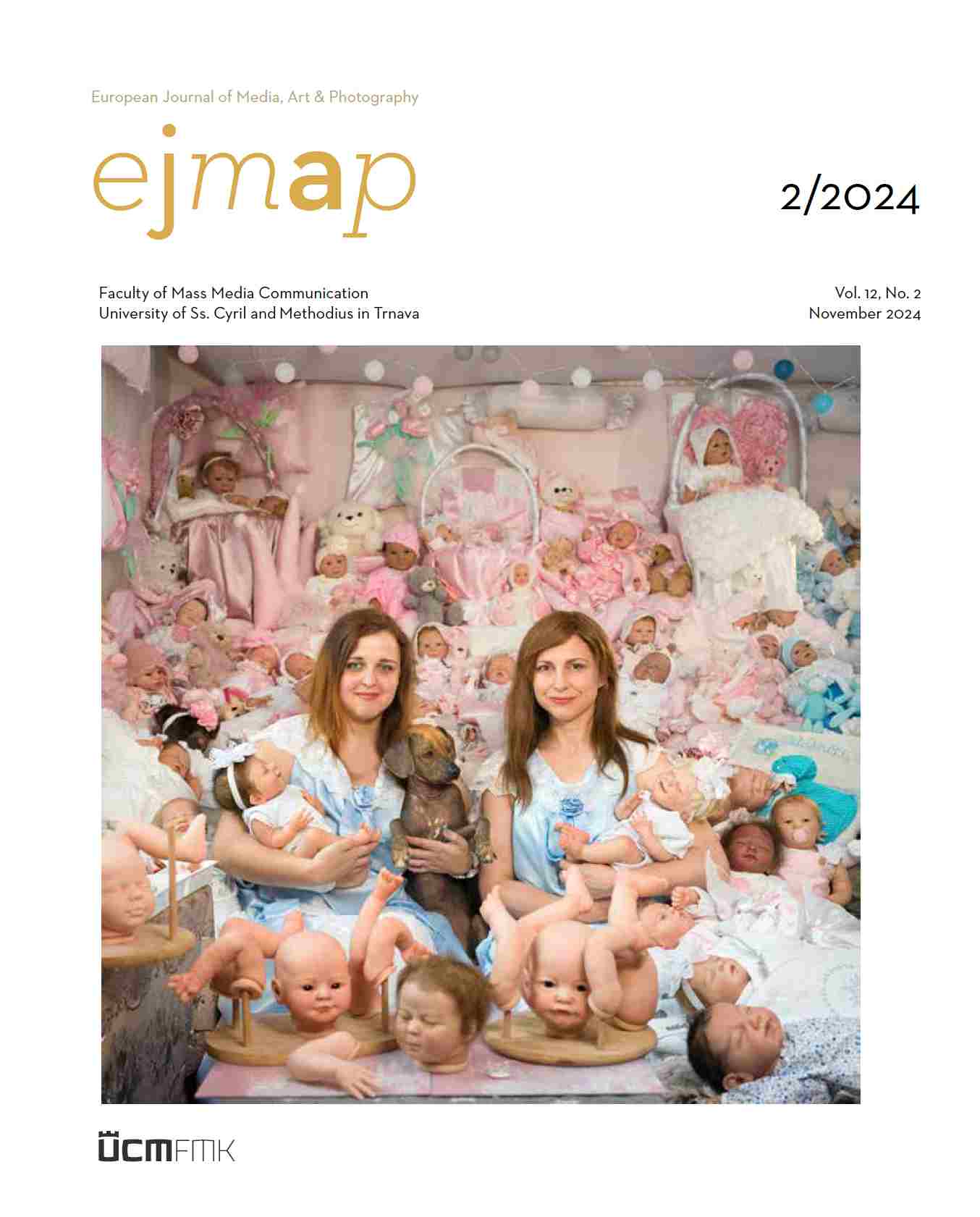
This work, entitled Borders of Love: Trauma as Motivation to Create Art. Photography as Therapy, is defined by a set of research questions: Is it possible through an artistic experiment connected to examining the topic of love to learn to understand love better and express it better? How is it even possible to perceive and understand love? And can you, through art, live a fuller life, have better relationships with loved ones and those around you, and become more empathetic? Within this work, I would like to establish the initial premise that within my creative profession my own trauma served from the start as strong motivation to create art. But creating one-off works of art does not represent an absolute solution to the problems connected to living through trauma. Healing a deep wound on the soul is not a matter of one or two years, but work for your entire lifetime. I see photography primarily as therapy, not as a means to fulfill my artistic ambitions or as a livelihood. I purposefully do not take on commercial projects; I choose strong and important topics that shape me and have a very positive influence on my life, or at least facets of it.
More...
Ema Lančaričová is a visual artist who mainly works with analog and instant photography. Her artistic research focuses on exploring the essence of photography by utilizing primary variables such as time, light, and space as well as their negations. Her approach is both philosophical and experimental simultaneously, as she examines the nature of photography and its relationship to the world. She considers workshops an exciting way of sharing these approaches with people, including historical photographic techniques and new ways of working with instant photography. Workshops are the perfect place for starting a discussion of understanding what photography means to people and changing one’s relationship to creating and archiving photographs. She views these workshops as an adventure rather than a traditional approach to achieving a perfect outcome, due to the imperfections of the used materials. For example, precision is not possible when using Polaroid, and the resulting pictures have specific colours and different flaws. Additionally, unexpected things can happen while taking photos, and Ema takes advantage of these specifics in her artworks. Her crucial project began to emerge in 2019 with the theme Utopia, and after that came a project called Ramble, both of which are ongoing. In 2020, she received a scholarship for working on the Aperture project, which was exhibited in Gandy Gallery, Bratislava. Projects such as Aperture and Utopia are fundamentally based on the repetition of a selected motive and show utopian tendencies and the search for other worlds, an oscillation between the tangible and intangible, between temporality, transience, and the possibility of archiving, concerning originality. In her theoretical works, Ema examines the changes in the photographic medium nowadays. As art and technology continue to evolve, she researches the impact of modern technologies such as artificial intelligence, augmented reality, and computational photography on the art form. Her reflections on these changes help her to expose them to mutual influence and integrate them into her artistic work. She recently obtained her doctoral degree from the Academy of Fine Arts in Bratislava and continues to develop an understanding of what photography is.
More...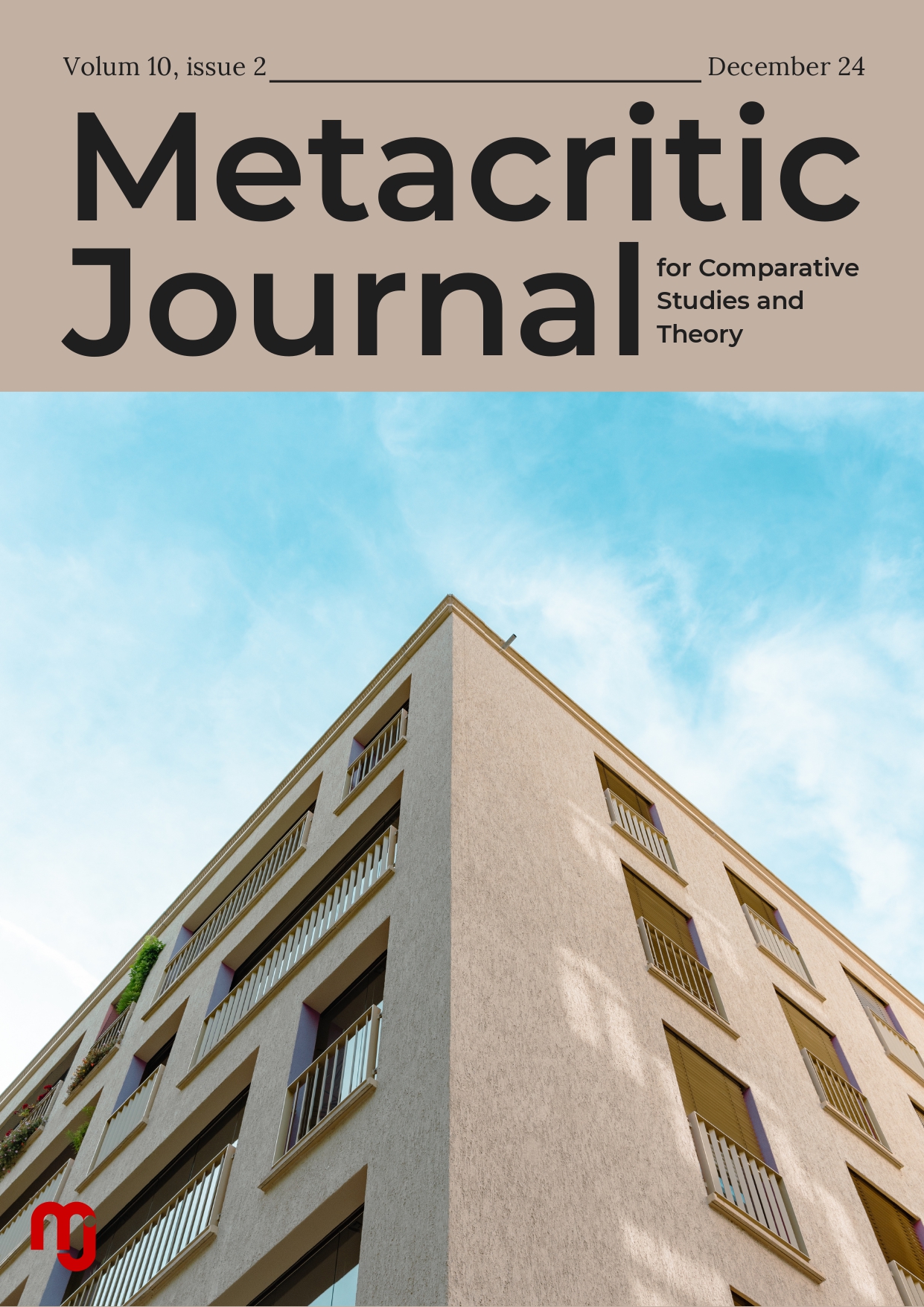
This article examines the intersection of literature and photography, focusing on their ability to capture everyday life. It explores the evolution of photography in 1930s and 1940s Czech culture, a period marked by aesthetic debates about its legitimacy as art. By analysing the works of Miroslav Hák and Jiří Kolář, the article highlights a paradigm shift from traditional “great art” to an appreciation of the mundane. The fascination with the banal, which was transformed into art through various, most often surrealist, methods, had already manifested itself in Czech culture. Still, it was not until the establishment of Art Group 42 that the every day and the mundane were used to express existentialist reflections. Hák and Kolář introduced into Czech culture a new type of sensibility for reality in that they did not hide reality or dull its edges through lyricism. For them, it was more important to recognise just what kind of world we live in. Thus, the stimulus for their poetic creations was not necessarily artistic in nature, but ontological: Who are we, where do we live, and how are we supposed to grasp and understand these facts?
More...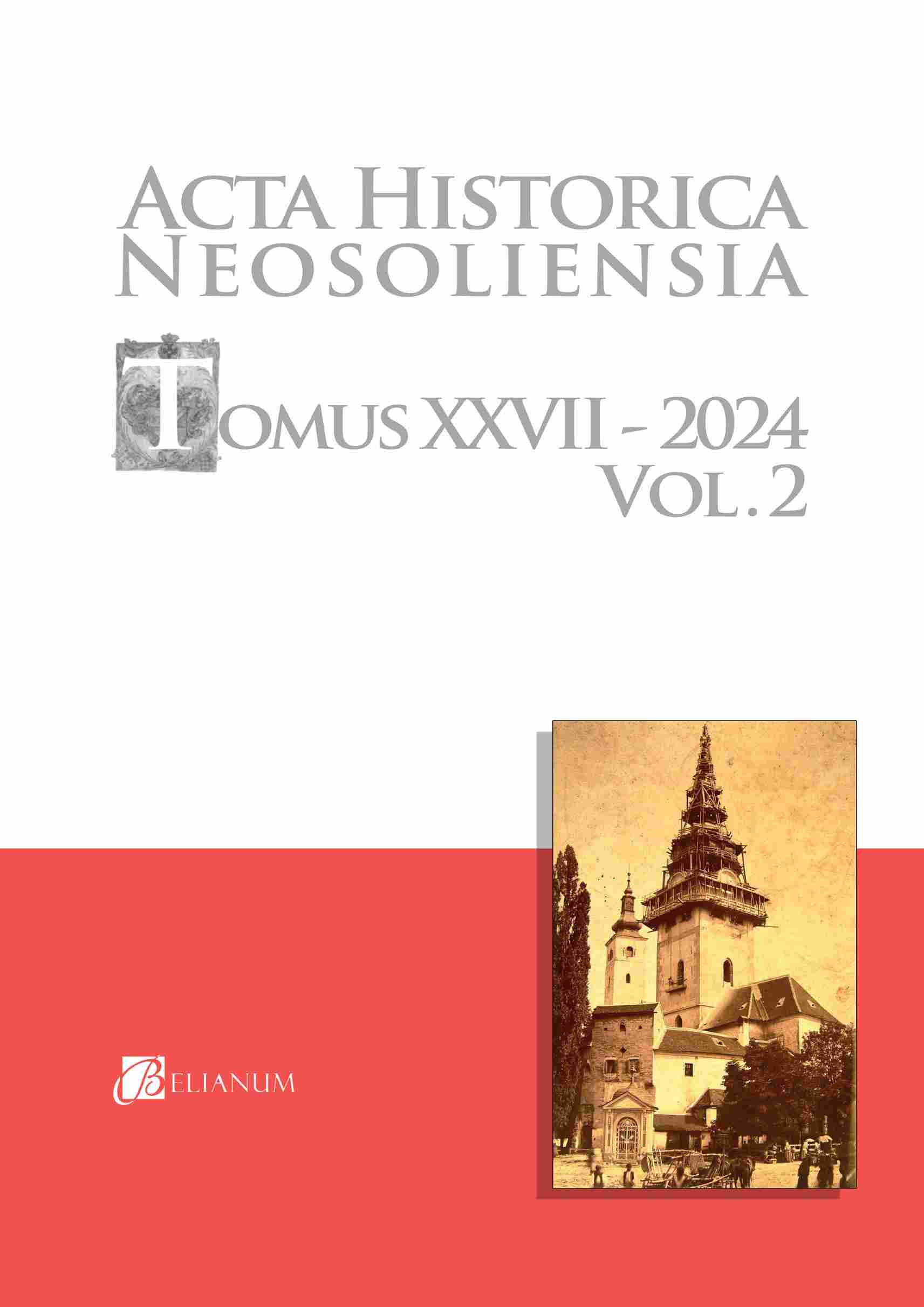
Josef Gutkaiss (1834 – 1913), born in Austrian town Margarethen am Moos close to Linz, contributed significantly to the development of European and world photography. He lived and worked in Switzerland and Italy and in 1864 he moved to Banská Bystrica. His studio was located and operated in Dolná Street. As the years went by, he opened branches in other cities in the area of present Slovakia. Using large-scale photographic devices captured Josef Gutkaiss scenes of everyday life, industrial plants in Pohronie, figures from central Slovakia dressed in traditional folk costumes, as well as important people from public and political life. He also contributed significantly to the promotion of Banská Bystrica.
More...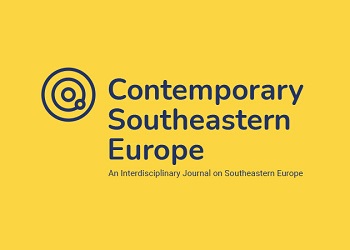
Within the context of the ‘visual turn’ images can no longer be considered as neutral artefacts but as social constructs, closely connected with specific ‘regimes of truth’. As an integral part of ‘visual ideologies’, they function as ‘condensation symbols’ and ‘ideological markers,’ that could either support or question dominant narratives. Furthermore, in the case of refugee populations, images from the lost home/homeland, often but not exclusively combined with a discourse about loss, may have a significant impact on the construction of the group’s ‘cultural memory’ and, ultimately, on the formation of their identities. These issues are addressed through the example of the Greek-speaking refugees from Sinasos, Anatolia, who were forced to flee their homeland in 1924 under the Lausanne Treaty for the Compulsory Exchange of Populations between Greece and Turkey. Before leaving, they organized a photo shoot of their hometown by two amateur photographers. Analysing the album that resulted from this endeavour, in combination with written sources and oral interviews, this article explores the socio-historical contexts of production of these images along with all their subsequent conceptualizations and uses from 1924 until the present day. As it turned out, these photos had an immense impact in shaping the collective memory of both the refugees from Sinasos and their descendants.
More...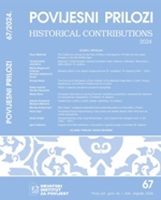
Review of: Hrvoje Gržina, Mario Stipančević, Student na bojištu. Dnevnički i fotografski zapisi Radovana Švrljuge 1916. – 1918., Zagreb: Hrvatski državni arhiv, 2023, 143 stranice
More...
The article presents one of the basic activities of the Slovenian School Museum: performing a public service that includes working with material and presenting heritage to the public. This includes collecting, documenting and digitalising museum material, in line with the museum’s collecting policy. There follows a presentation of individual photo library collections: of photographs, of old postcards with a school theme, and an audio-visual collection, which is comprised of a number of sections.
More...
Artykuł pokazuje sposoby obrazowania społeczności i terenów Ziem Odzyskanych przez polskich fotografów w pierwszej dekadzie po II wojnie światowej. Gigantyczna skala ówczesnych migracji i powstające w jej wyniku nowe struktury społeczne stały się ważnym elementem nie tylko krajowej polityki, ale również jednym z kluczowych tematów ówczesnej fotografii. Oficjalne przekazy propagandowe utwierdzające społeczeństwo w celowości przejęcia terytoriów i powrotu na „ziemie macierzyste” wpływały na tworzenie określonego modelu fotograficznej reprezentacji Ziem Odzyskanych. W artykule została omówiona rola fotografii w konstruowaniu „tożsamości protetycznej” umożliwiającej przedstawienie nowego terytorium i jego mieszkańców jako gospodarzy „własnego” obszaru. Dociekania przedstawione w artykule są prowadzone na bazie materiałów archiwalnych i pokazują jak ewoluował w pierwszej dekadzie po II wojnie światowej obraz Ziem Odzyskanych, ze względu na zmieniające się koncepcje polityczne i artystyczne. Elementem spajającym przedstawioną problematykę są zagadnienia programu fotografii ojczystej, który został wykorzystany jako podstawa estetyczna dla opisanych akcji dokumentalnych.
More...
The functional unity of the media environment at the beginning of the twentieth century gives rise to adjustments in the institutional fields of culture, which otherwise live in real cooperation. The picture of the vast territories of mass culture is particularly fluid. The present text examines boundary “violations” between literature and photography, which manifest themselves through the exchange of value and style ideas, precipitated in commonly used clichés. How do literary and photographic notions of image realism interact? Are they able to take autonomous life directions? Here we deliberately select para-literary uses undertaken by important Bulgarian artists (Vazov, Chudomir), and by unknown commissioned poets or advertisers, by photographers and reporters. We fixate on the existence of verbal and visual genres that inhabit the territories of the aesthetic periphery: cartoon, doodle, pattern, sketch, photo portrait, essay.
More...